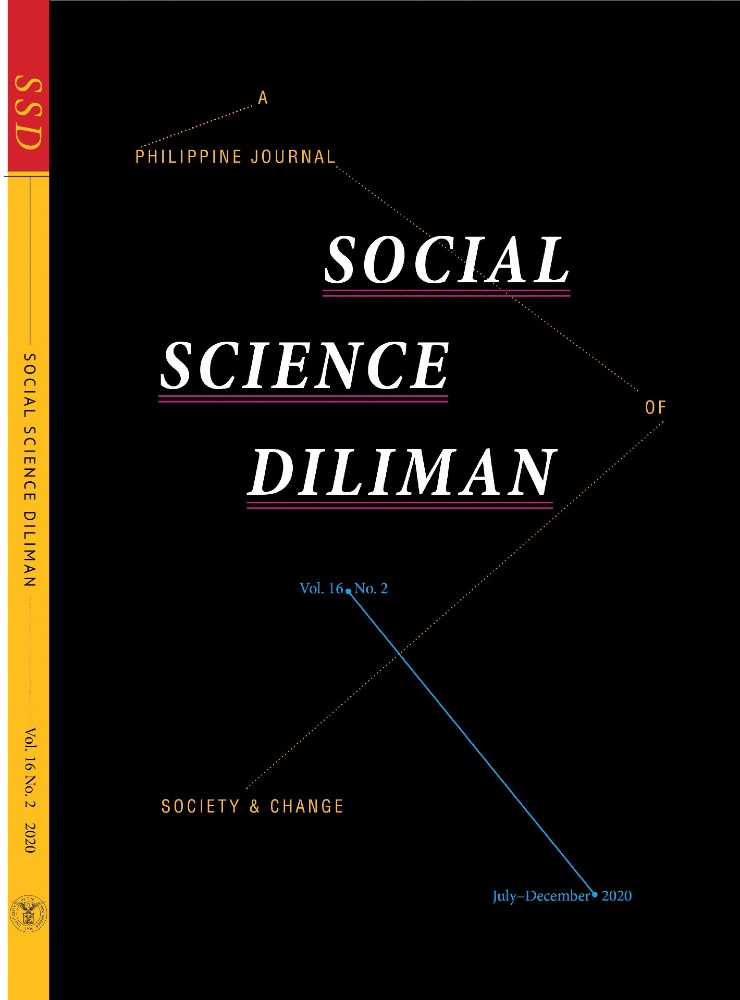The potential and plausibility of Rehabilitative Prison Culture: A Philippine example
Abstract
This paper is an integrative analysis of literature that discusses the potential of Rehabilitative Prison Culture (RPC). This article takes off from the consistent finding that prisons experience conflict in organizational vision, staff roles, and implementation of treatment programs primarily due to questions regarding effectiveness of rehabilitation. The effectiveness of rehabilitation has been a focal concern due to high rates of recidivism despite the assortment of therapeutic interventions. It can be culled from the literature that rehabilitation seems counter-intuitive because prisonization contradicts its causes.
In 2018, Ruth Mann, Flora Fitzalan Howard, and Jenny Tew popularized Rehabilitative Prison Culture (RPC) as an institutional vision in prison settings. RPC is practiced in Her Majesty’s Prison and Probation Service (HMPSS) and showed the potential to reduce inmate re-offense. RPC’s potential highlights the importance of putting prison staff and inmate families at the heart of inmate rehabilitation through socially-driven total life reorientation. With RPC’s promising proem, this article provides an evaluation of the resonance of RPC by examining: (a) the consequences of prisonization (Clemmer [1940] 1958); (b) the path to “moral performance of prisons” (Liebling 2004 and 2005) juxtaposed with existing studies parallel to the causes of RPC, and; (c) the viability of RPC vis-à-vis already existing informal systems in the Philippines’ overcrowded prisons. The article ends with a discussion of the immediate needs of most prisons. I aim to facilitate an interdisciplinary assessment of sociological and criminological evidence to provide a pragmatic approach in managing jails and prisons.


